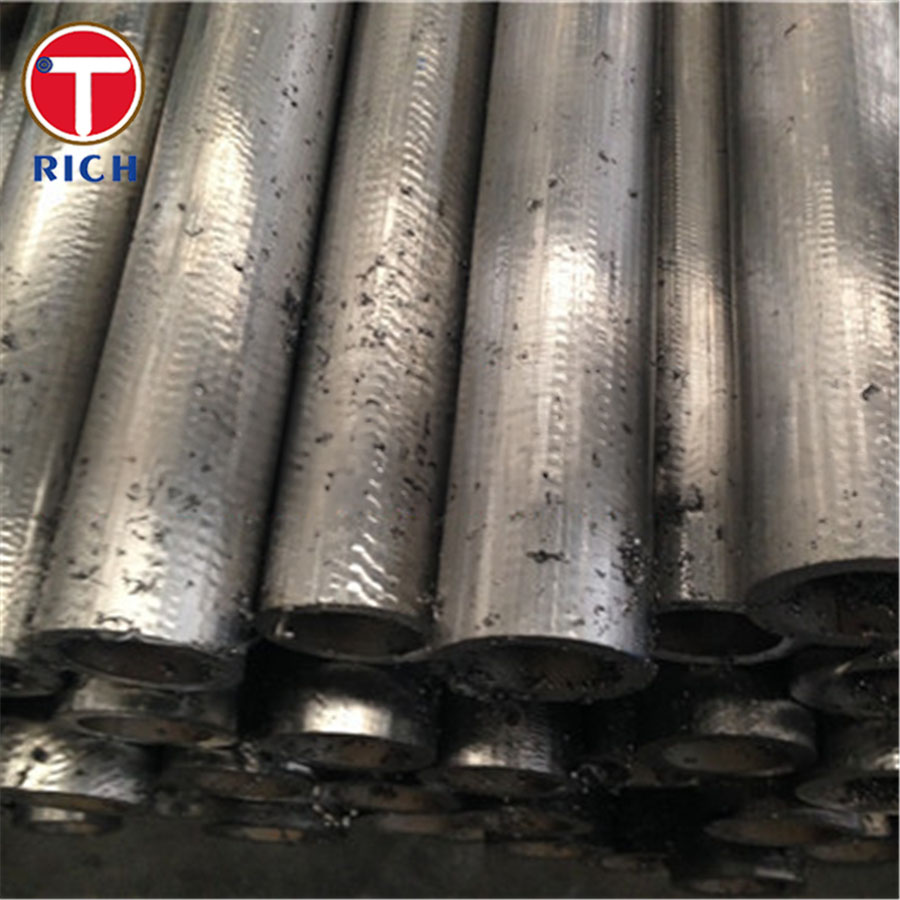
Mr. Richard SHEN
Leave a message
Mr. Richard SHEN
Leave a messageMetal tubing is a versatile and commonly used material in a wide range of industries. Its structural integrity and durability make it an ideal choice for various applications. With numerous options available, it is essential to understand the distinctions between different types of metal tubing to select the most suitable one for a specific purpose. In this article, we will explore the four primary types of metal tubing and compare their properties: carbon steel tubing, stainless steel tubing, aluminum tubing, and copper tubing.
Carbon steel tubing is known for its exceptional strength and affordability. It is composed primarily of iron and carbon, which gives it high structural integrity. Due to its robust nature, carbon steel tubing is widely used in heavy-duty applications such as construction, machinery, and automotive sectors. Its notable characteristics include:
Stainless steel tubing is renowned for its exceptional corrosion resistance and versatility. It is widely used in industries such as food processing, medical devices, and architectural applications. Let's explore its advantages:
Both aluminum and copper tubing have distinct properties that make them stand out in various applications. Here are the key features of each:
In conclusion, the four primary types of metal tubing-carbon steel, stainless steel, aluminum, and copper-each offer unique characteristics and advantages for different applications. Carbon steel's strength and affordability make it suitable for heavy-duty uses, while stainless steel's corrosion resistance and aesthetic appeal make it ideal for sanitary applications. Aluminum's lightweight and high conductivity properties are valuable for weight reduction and heat transfer, respectively, while copper's superior thermal conductivity and antimicrobial properties make it suitable for heating and healthcare applications. Understanding these distinctions empowers engineers and manufacturers to select the most appropriate type of metal tubing for their specific requirements.

Previous: What is a welding tube?

Privacy statement: Your privacy is very important to Us. Our company promises not to disclose your personal information to any external company with out your explicit permission.

Fill in more information so that we can get in touch with you faster
Privacy statement: Your privacy is very important to Us. Our company promises not to disclose your personal information to any external company with out your explicit permission.